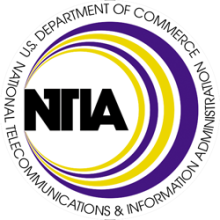There is so much to say about Burlington Telecom and its struggles that it cannot be covered in a single post. This is one of several posts that will discuss pieces of the situation. One of the questions that has been raised by the
Larkin "audit" of BT is whether BT was losing money on the broadband it provided to City Departments.
Though the report prepared by Larkin for the State revealed a number of disturbing practices by Burlington Telecom, a number of them have been strongly disputed. The report clearly has a number of weaknesses, from an apparently lack of expertise on somewhat basic telecom economics to the fact that the "auditors" do not appear to have attempted to talk to anyone who knew anything about how BT operated.
That said, something surely went dramatically wrong with BT and the Larkin report may help shed light on it.
But when one reads articles in the local press about it, it is quickly evident that the writers have practically no understanding of what they write and harbor a strong hostility against Burlington Telecom. Consider this passage from the
Burlington Free Press:
Auditors observed as well that the city, a prime user of BT services, was charged “below market rates” and “below BT’s cost of service. The low rates charged by BT ... to the city could be viewed as a form of cross-subsidization,” which, the audit notes, is a violation of a provision of BT’s state license. The building of the system in general, auditors said, was marked by a “lack of timely and accurate accounting information.”
While the quote does come from the Larkin report, it offers no foundation for the claim and later hedges against it (two paragraphs later -- all from page 26):
The fact that BT is providing services to various City departments at below- market rates that may be below BT’s cost of service, which could be viewed as a form of cross-subsidization, is a problem.
After stating without referencing any evidence that BT
is providing services to Departments below the cost of provisioning, the conclusion two paragraphs below states BT
may be providing services to departments at prices below BT's cost of service ...




